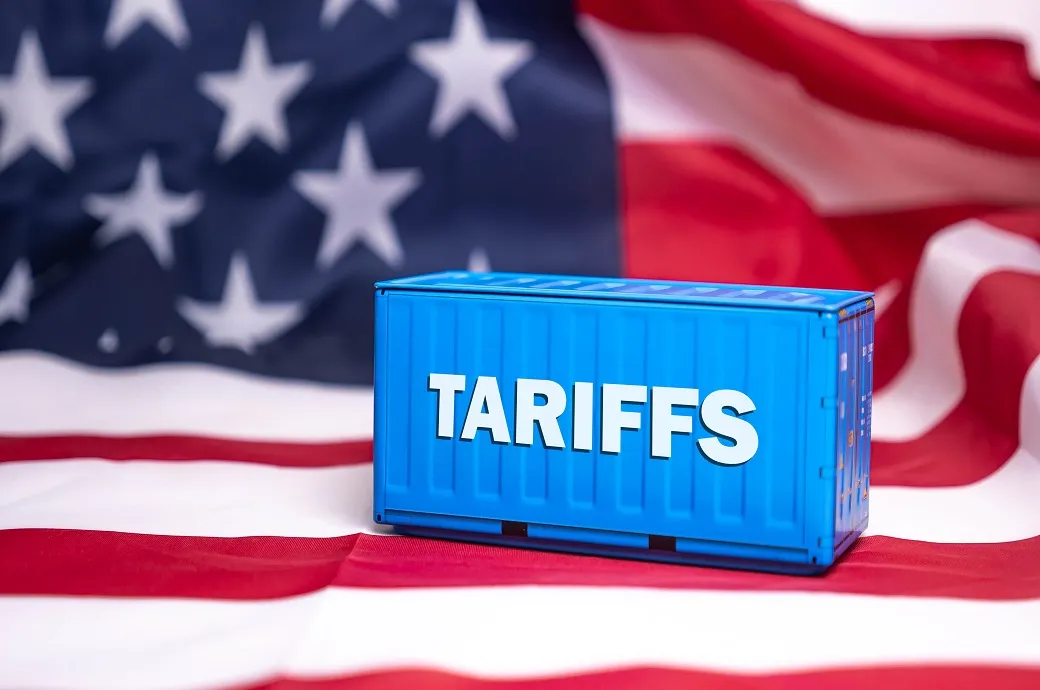The recent revision of U.S. tariffs has sent ripples across global trade, and the diamond industry is no exception. For diamond exporters, understanding these changes is crucial to navigating the market, optimizing costs, and maintaining competitive pricing.
In this blog post, we’ll break down the key implications of the revised U.S. tariffs on diamond exports and what exporters can do to adapt.
1. Overview of the Revised U.S. Tariffs on Diamonds
The U.S. government periodically updates its tariff policies, and the latest revisions have introduced changes affecting imported diamonds. While natural diamonds already faced certain duties, the new adjustments may impact:
- Lab-grown diamonds – Previously taxed differently, lab-grown diamonds may now face higher tariffs, affecting affordability and demand.
- Cut and polished diamonds – Changes in duty structures could influence pricing strategies for exporters.
- Jewelry imports – Finished diamond jewelry entering the U.S. might see adjusted tariffs, impacting retail pricing.
These revisions aim to protect domestic industries and adjust trade imbalances, but they also pose challenges for diamond-exporting countries like India, Belgium, Israel, and the UAE.
2. How This Affects Diamond Exporters
a) Increased Costs for U.S. Buyers
Higher tariffs mean U.S. buyers (jewelers and retailers) may face increased costs, which could lead to:
- Reduced demand if prices rise significantly.
- Buyers seeking alternative markets with lower tariffs.
b) Competitive Pressure on Exporters
Exporters must now reassess pricing strategies to remain competitive. Those who can absorb some of the tariff costs or optimize supply chains will have an advantage.
c) Shift Toward Lab-Grown Diamonds?
If natural diamond tariffs rise more than lab-grown alternatives, some buyers might pivot toward synthetic diamonds, reshaping market dynamics.
3. Strategies for Diamond Exporters to Adapt
a) Diversify Export Markets
Reducing reliance on the U.S. market by expanding into emerging economies (China, Middle East, Southeast Asia) can mitigate risks.
b) Optimize Supply Chain Efficiency
Streamlining logistics, negotiating better shipping rates, and minimizing middlemen can help offset tariff-related cost increases.
c) Leverage Free Trade Agreements (FTAs)
Some countries have FTAs with the U.S. that reduce or eliminate tariffs. Exploring partnerships with manufacturers in these regions could be beneficial.
d) Strengthen Relationships with U.S. Buyers
Transparent communication about pricing adjustments and long-term contracts can help maintain buyer loyalty despite tariff hikes.
4. The Future of Diamond Exports Under New Tariffs
While the revised tariffs present challenges, they also encourage innovation and efficiency in the diamond trade. Exporters who adapt quickly—whether through market diversification, cost optimization, or product differentiation—will remain competitive.
The key takeaway? Stay informed, be flexible, and proactively adjust your business strategy to thrive in a shifting trade landscape.
Final Thoughts
The U.S. tariff revisions are a reminder of how interconnected global trade is. Diamond exporters must keep a close watch on policy changes and be ready to pivot when necessary.
Are you a diamond exporter affected by these changes? Share your thoughts in the comments or reach out for a consultation on optimizing your export strategy.



